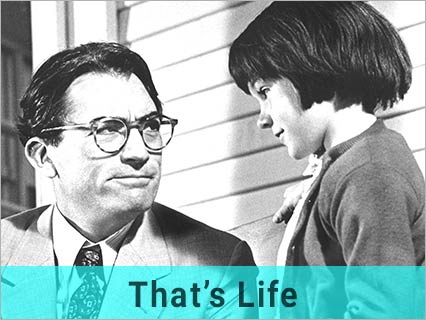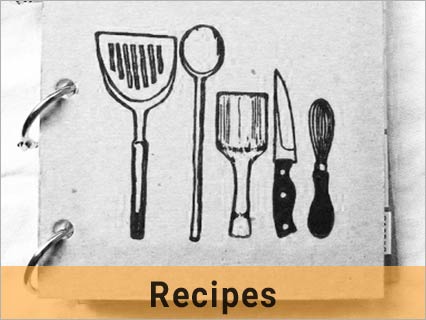A bit about how the springs were sprung…
02 Sep 2025
Dear LPG,
I recently read one of your articles, and the title got me thinking (►►►). It was all about one of those habits that we all need to adopt as soon as we make our first appearance in this world, but that seems to get more challenging to achieve as we get older. While the content of the piece was engaging, I found myself more interested in why we use the phrase ‘Hitting the Sack’.
I know what we accept that it means, and I have no problems when it comes to ‘hitting the sack’ myself. Still, I wondered about the origin of the phrase, and, for want of something better to do one afternoon while playing with my computer, I thought I would look on the internet for a few answers.
I learned that as recently as the late 18th and early 19th century, most people slept on layers of straw and feathers, which were usually stuffed into hessian sacks, and that was where the phrase originated. It all seems a bit ‘Princess and the pea‘- like to me, and I suspect most of us would be horrified if we had to sleep on top of such a surface now.
When I recall all those television adverts emphasising the importance of snuggling up with your blankets on a foundation designed to ensure the best night’s sleep, I realise that this, like so many other facets of modern life, has become a serious science. I recall that bed and mattress adverts of the past emphasised the importance of a comfortable night’s sleep, but more recently, they have focused much more on the details of our sleeping platforms. I wonder if you have seen the one where a machine tests the wear and tear using a big robotic poking mechanism, or the one where they drop a giant, heavy ball from a great height to check the bounce-ability of the springs in their products. I also recall the phrase 'roll-together' being highlighted as a mattress feature to be avoided, even though I always thought that one of the most significant advantages of having a partner was that couples were supposed to cuddle up to each other for comfort when sleeping (and I mean sleeping!).
We now also have all those beds with motors that rumble on as they massage you, the ones that fold into all manner of shapes so that you can put your feet or head up or down and into so many other positions at will and the press of a button, the memory foam revolution, the ones that have televisions built into the footboard or radios speakers and lights attached. And we couldn't talk about beds without mentioning the waterbed, air beds, and four-poster beds with their curtains for privacy. It occurs to me that we are well and truly spoiled for choice when it comes to getting a decent night’s sleep these days, although the search for the perfect bed continues.
I suppose that if you are unwell and stuck in bed for long periods, all the science is a good thing. After all, the human body has difficulty being horizontal for too long.
Google also informed us that the first sprung mattress was invented by a German furniture maker named Heinrich Westphal of Berlin in 1871. However, the idea of having a dedicated sleeping platform is somewhat older than that. The internet reports that the Egyptians stuffed their mattresses with leaves and straw, and they had no bedsteads back in the day. They lay directly on the ground when it was time for bed. Henry Boyd is believed to have contributed to a higher level of sleep comfort with his invention of the bed frame, also known as a bedstead, in the mid-1800s in the southwestern USA.
We must have realised a long time ago that sleeping is essential, but I wonder how modern folk would fare on an ancient Egyptian sleeping surface or even a 200-year-old one today.
We all understand that evolution is a natural process. I recognise that getting a good night’s sleep depends on more than just the mattress you lie on for those eight hours, but the real question must be this: ‘might we have done our backs a disservice by pampering them with our modern comfortable beds’?
Just a thought…
WS, Forest Hill.
WS lets us in on some of the facts she found online about the phrase itself …
… and the history of our beds…







